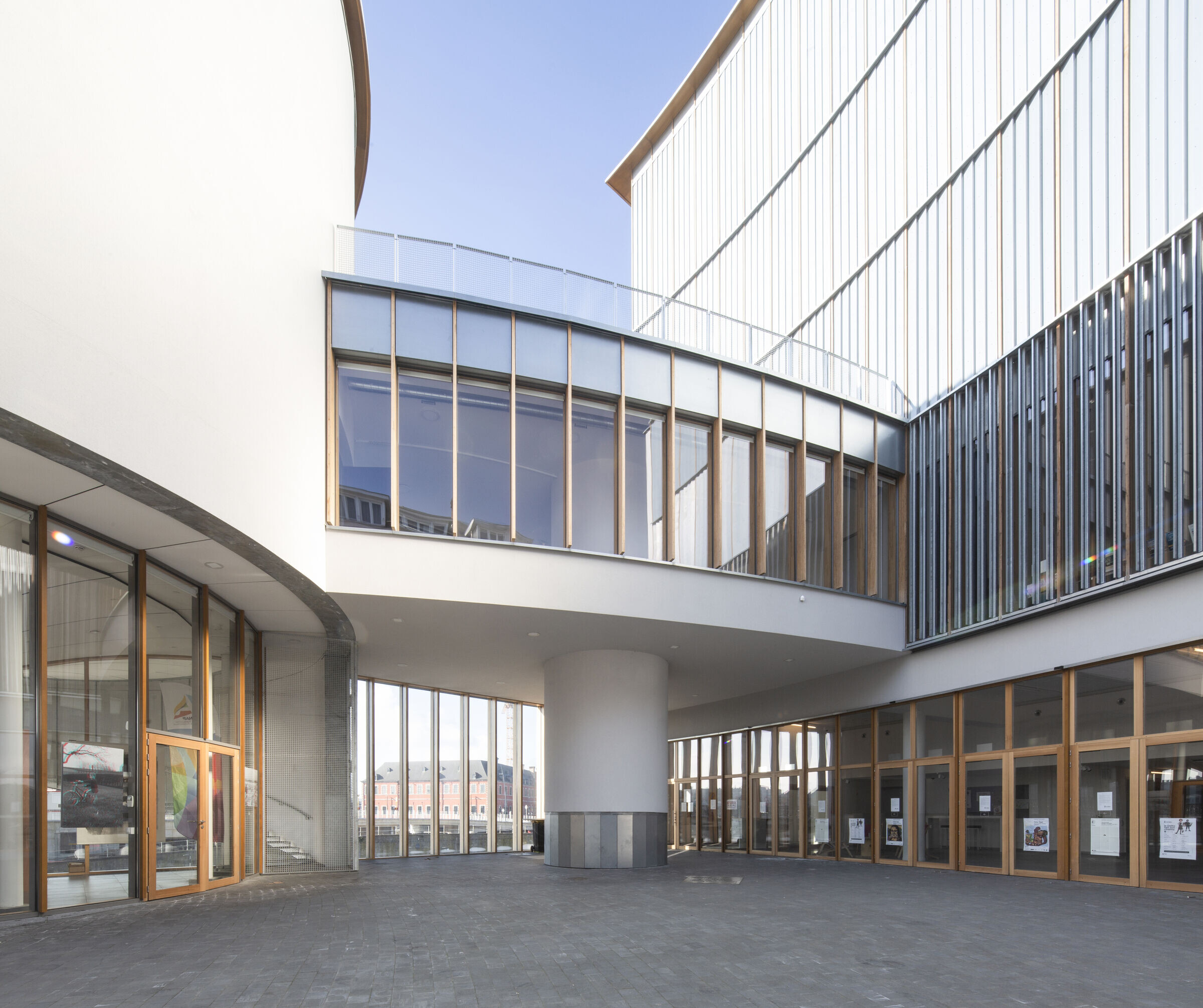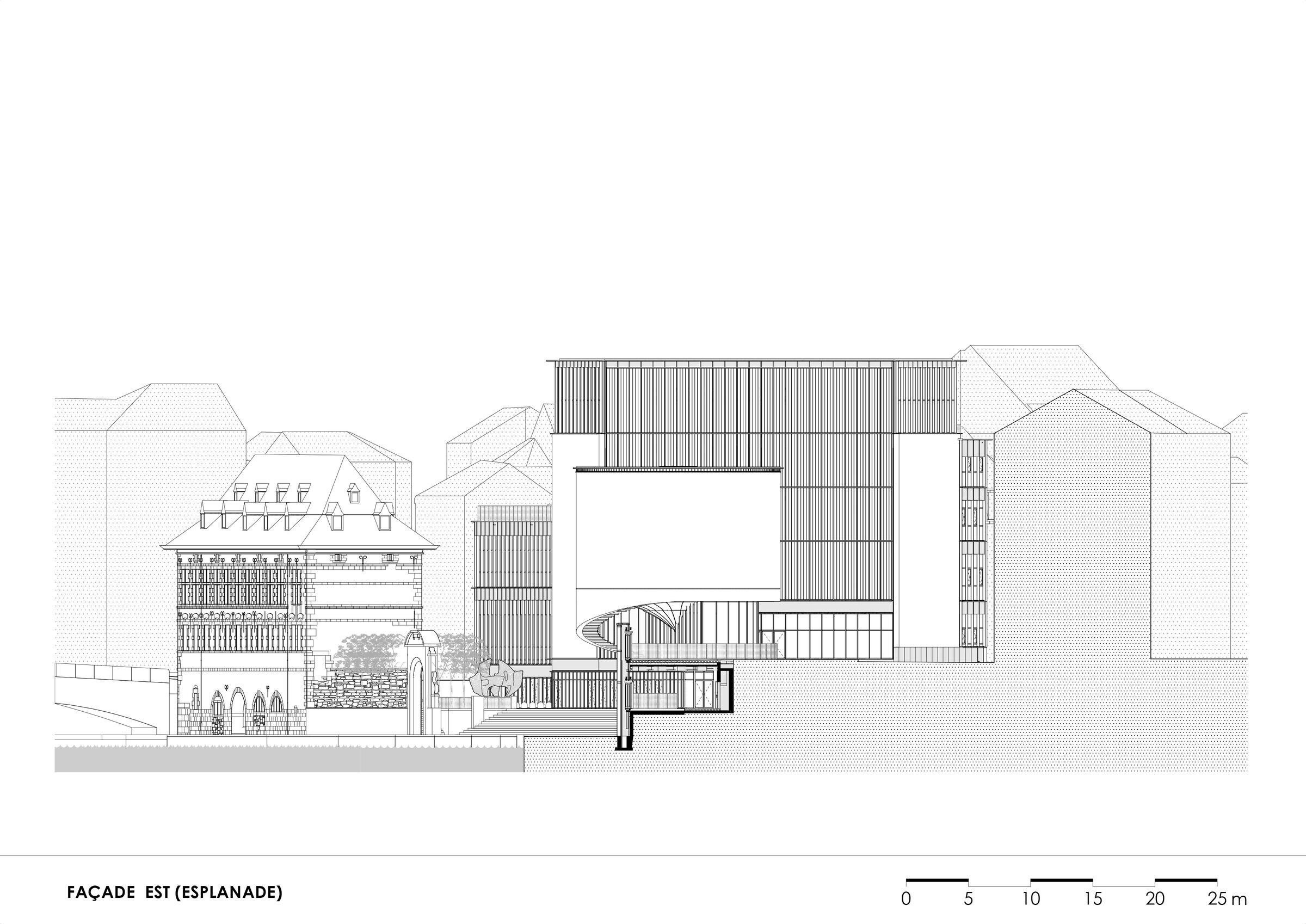The building
This cultural centre sits in the centre of Namur, on the north bank of the Sambre River, facing the historic centre of the town known as “Le Grognon”. Designed by Victor Bourgeois and built at the start of the 1960s, the building required renovation and extension to meet the current requirements of local people and to accommodate the redevelopment of the rue des Bouchers and the banks of the Sambre River.
The building used to consist of a 400-seater theatre at one end of a rectangular box-shaped space on four levels with a south-facing curtain wall (looking over the Sambre River) built up against a curved rectangular box-shaped space on five levels, known as the “croissant”, which has an east-facing curtain wall and a south-facing end wall which has no openings.

The project shall preserve the existing construction (with the exception of the small buildings annexed to the backstage area and at the site’s north-west corner). One intermediate mezzanine was added into the foyer of the 450-seater main theatre, as well as an additional level on top of the “croissant” (level 4), with extensions to accommodate the functionality required.

These additions shall include, to the east of the building in front of the “croissant”, the “prow cylinder” comprising the reception porch, and significant extensions to the north-east of the building.
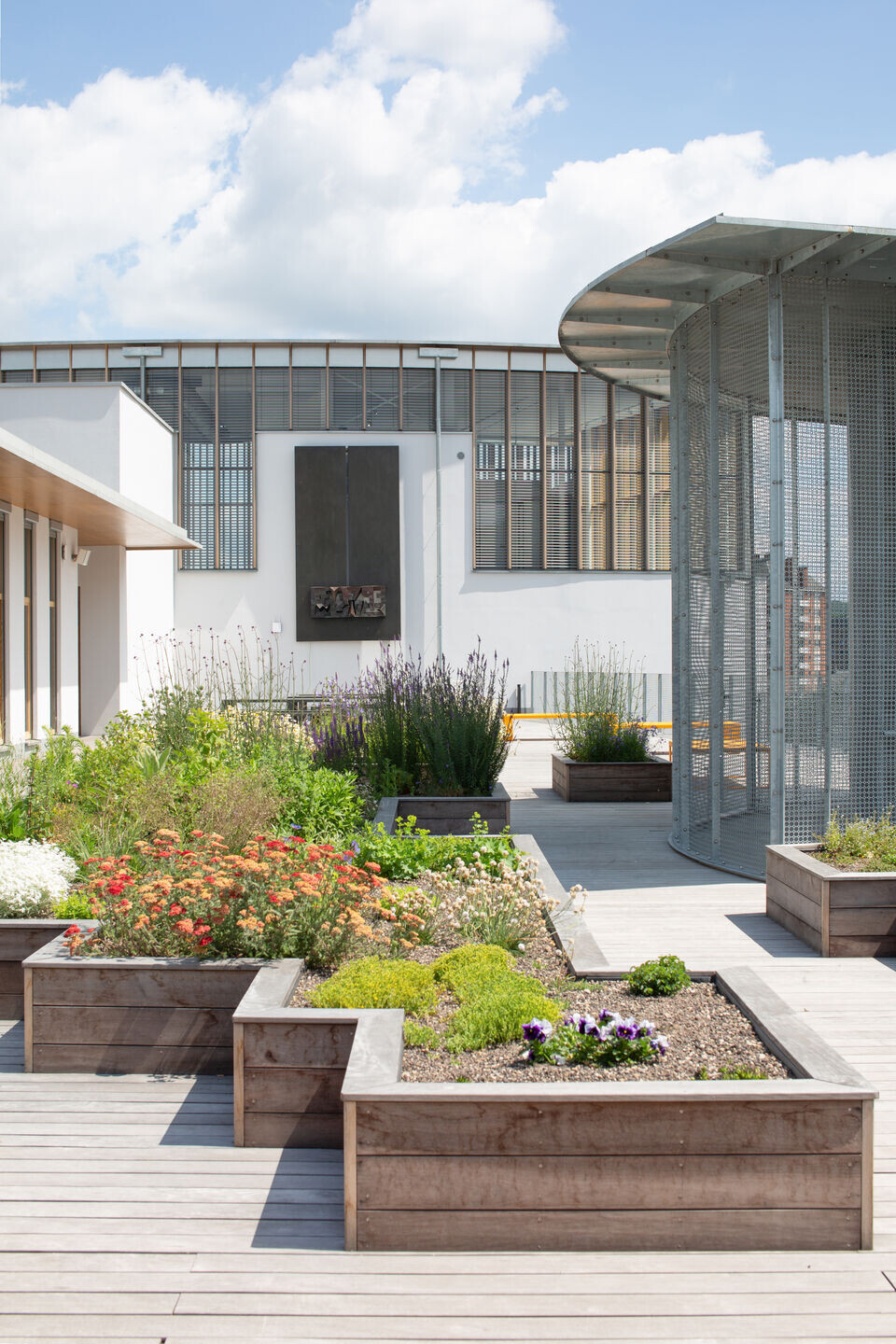
Natural ventilation and acoustics
Although the reliance on natural ventilation and lighting is perfectly possible in a favourable urban environment, the environmental conditions within towns (odours, noise, dust, dirt on floors and walls, overheating, shading) has gradually and very visibly deteriorated. Buildings have increasingly been constructed so to protect them from this hostile environment, becoming “boxes” sealed off from these physical attacks and, as a result, closed off from their surroundings

The centre of Namur, which is well ventilated due to its topography and rivers, is fortunate in that it does not suffer from these disadvantages. It is thus possible to return to more sensible practices, and to open up the building to its environment. Since they are sheltered from sources of noise, the main 450-seaters theatre rooflights, necessary for both smoke exhaust and natural daylight, can also be used for natural ventilation, along with opening windows.

Natural lighting
Louvres fitted vertically on east, and horizontal blinds on other orientations, are used to adjust the degree of natural illumination through the facades, and to provide shading. Light wells shall provide natural illumination for the stages in the three theatres.
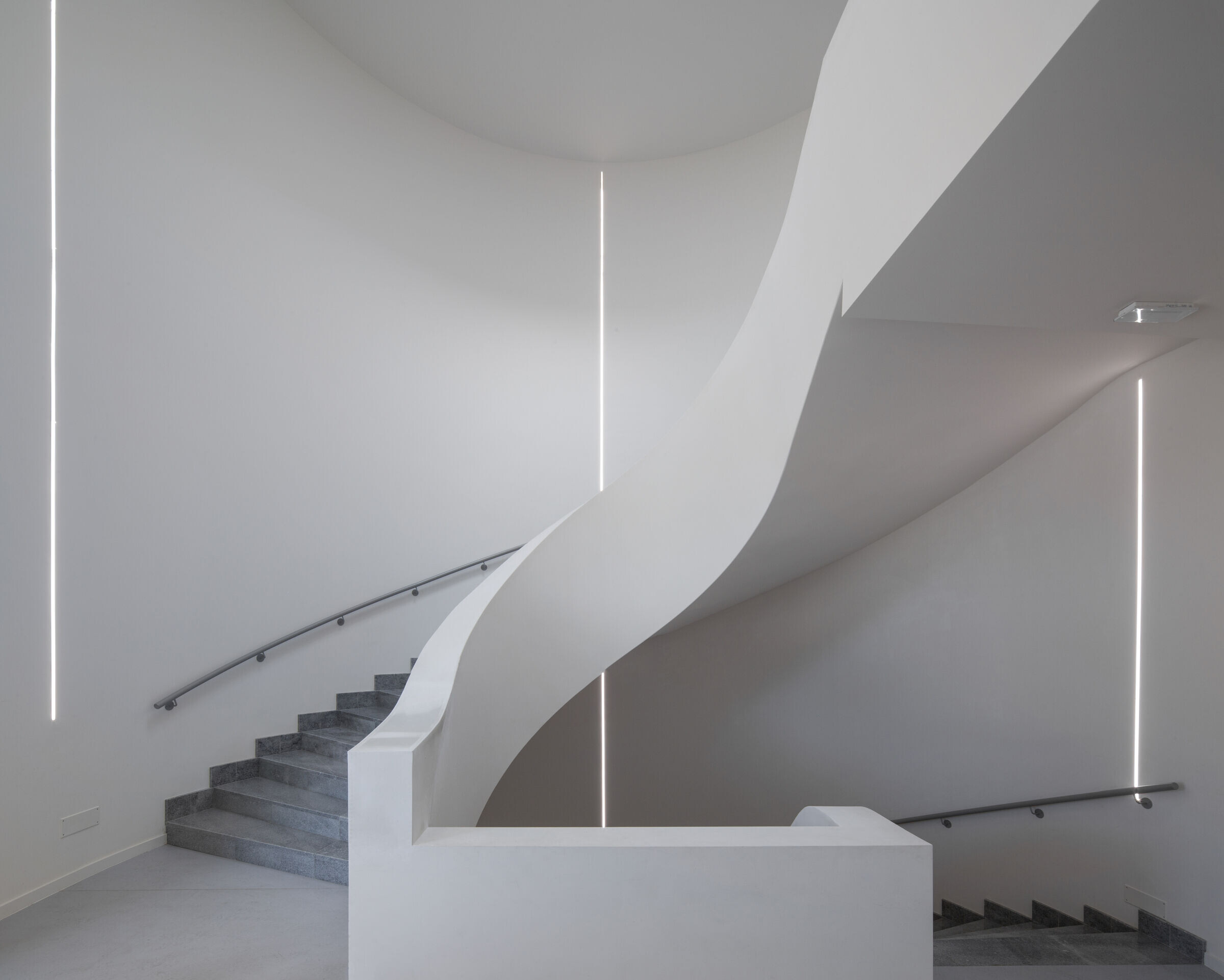
Performance levels
Some of the key considerations in this study have been: respect for the cultural heritage, the integration of existing artworks, fire safety, problem-free disabled access (Access-i certification), and respect for the environment (Breeam certification in progress).
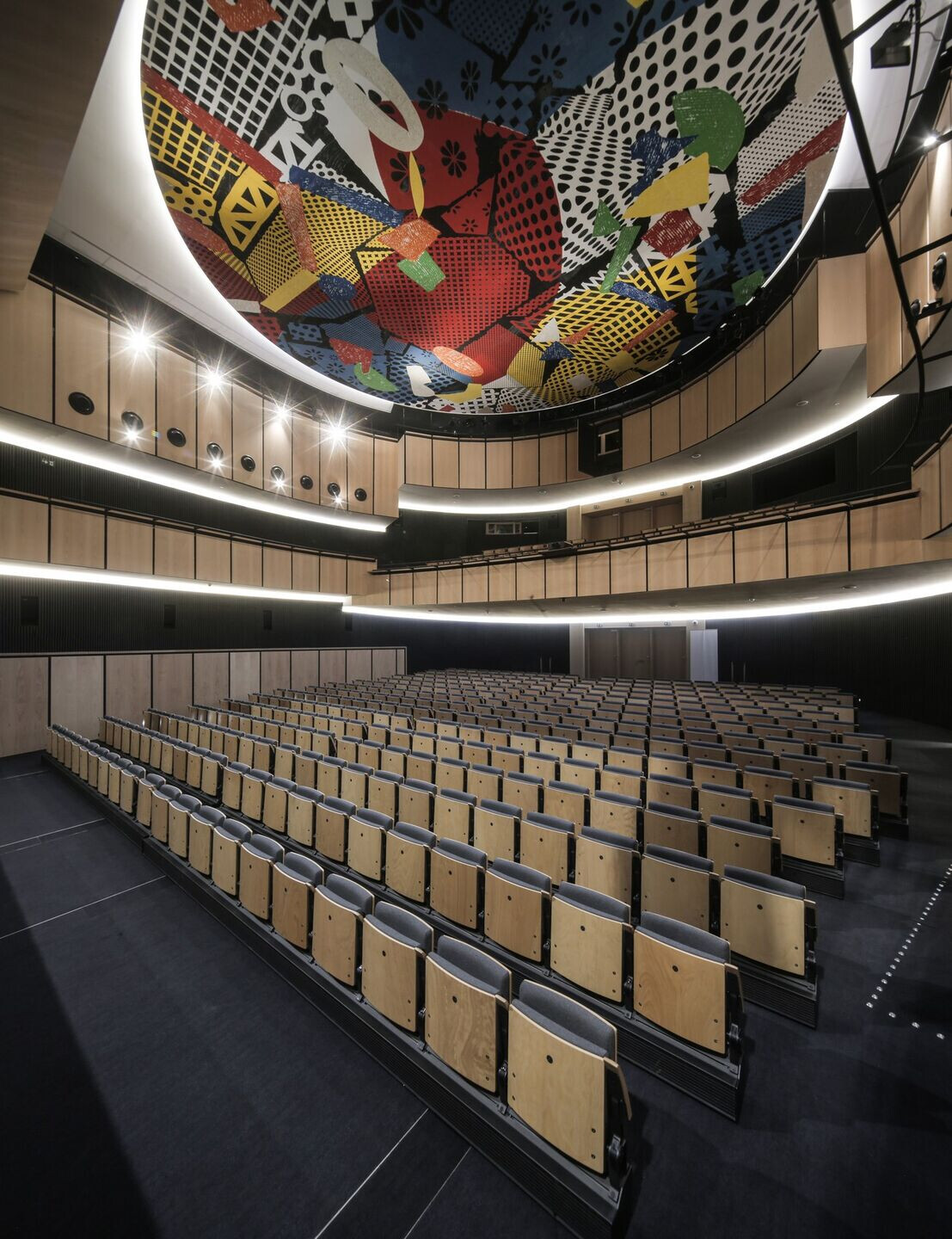
Team:
Architecture & Design Partner: Dr Ir Philippe Samyn.
Administrative Partner: Ghislain André.
Principal architect: Giuseppe Cardillo.
Collaborators: Adrian Anghel, Karim Ammor,Guido Bruzzi, Pierre Carteni, Louis Chaumont, Gilles Demol, Silvia Figoli, Olivier Gennart, Cristina Ibanez Moreno, Roser Igual, Alexandra Ionesi, Ali Laghrari, Aimeric Mavillaz, Ana Miralles Barreda, Mara Parfenovica, Daniel Perez Justel, Vlad Popa, Alexio Rava, Radu Somfelean, Gülin Yazicioglu.
Stuctural engineering : SAI with MC-carré sprl (co-contractor), Gaëtan Cordi
Building services engineering / PEB: SAI with SIX Consulting & Engineering s.a. / DTS & CO s.a. (co-contractor)SIX Consulting & Engineering s.a. Gérald Maljean, Chief Executive Officer, Manuel Bechoux
Scenography : dUCKS scéno (co-contractor), Melissa Ribeiro and Pierre Jaubert de Beaujeu
Acoustics : Altia (co-contractor), Richard Denayrou
Museography : François Mairesse
Urban design /Landscape (competition) : Agora, Serge Peeters
Photographer: François BRIX
